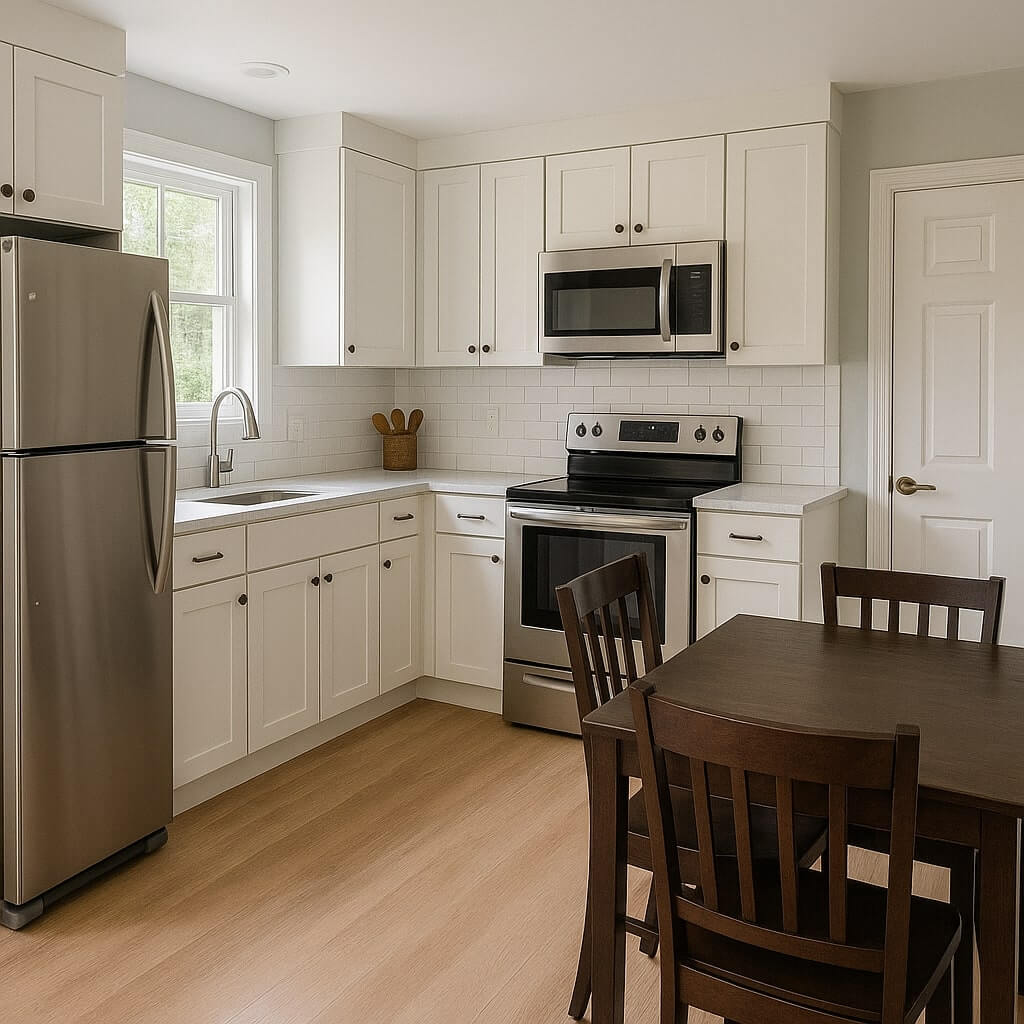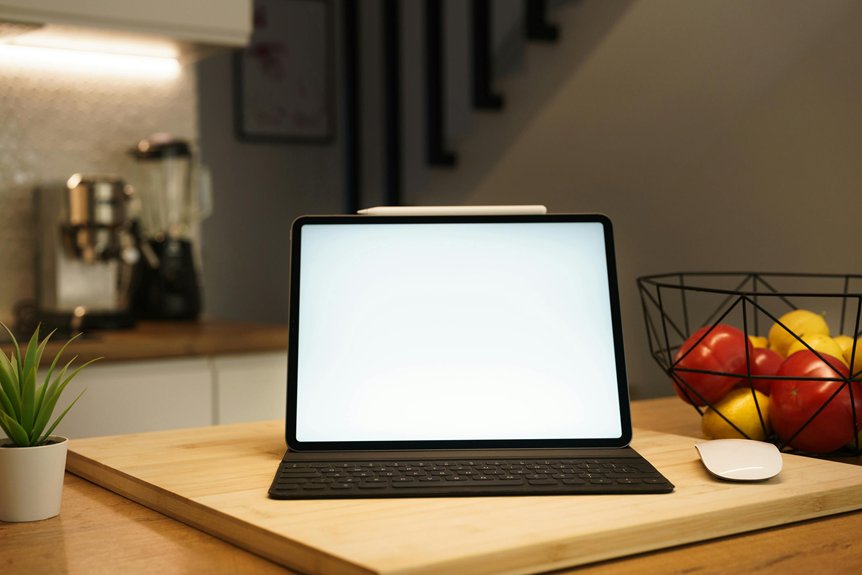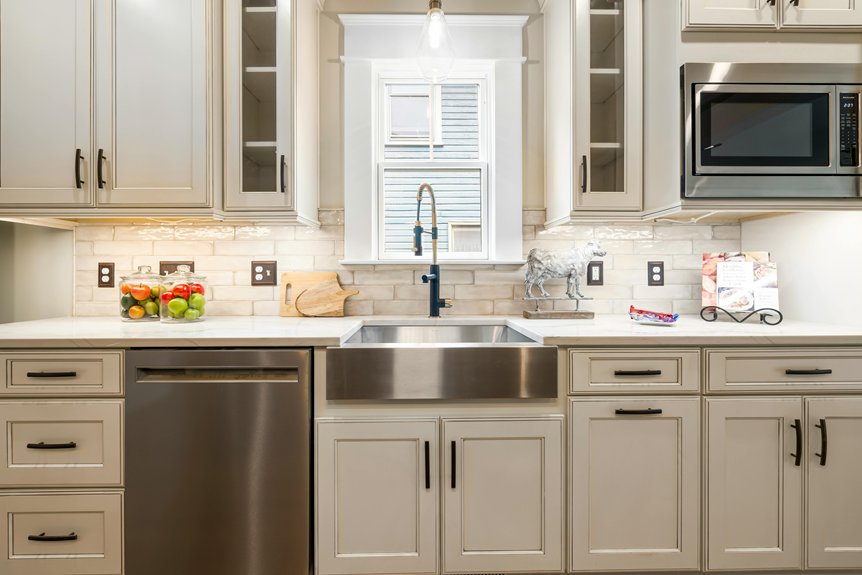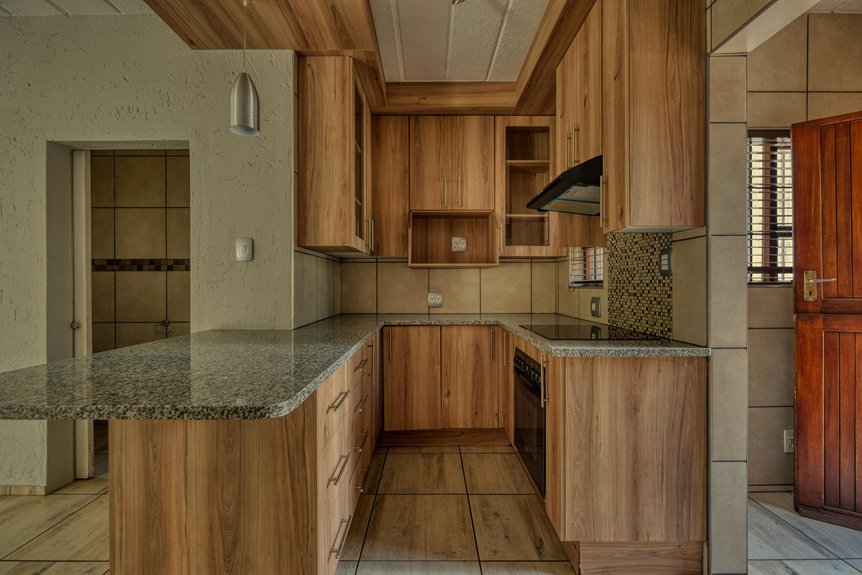When you’re planning a kitchen remodel in Washington, it’s easy to overlook key details that can derail your project. Many homeowners fall into common traps, from inadequate planning to budget miscalculations. These mistakes can lead to a kitchen that not only fails to meet your expectations but also becomes a source of frustration. Understanding these pitfalls is essential for a successful transformation—let’s explore what to avoid to guarantee your renovation goes smoothly.
Key Takeaways
- Neglecting proper planning and layout can hinder workflow and space utilization in your kitchen remodel.
- Underestimating the budget often leads to unexpected costs and financial strain during the remodeling process.
- Skimping on quality materials may result in higher long-term expenses due to repairs and replacements.
- Ignoring lighting and ventilation can create discomfort and inefficiency, affecting both ambiance and air quality.
- Failing to consider functionality and workflow can lead to an inefficient kitchen, impacting cooking and daily tasks.
Neglecting Proper Planning and Layout
When you commence a kitchen remodeling project, overlooking proper planning and layout can lead to costly mistakes.
Effective kitchen design hinges on understanding how to utilize your space. Consider the workflow—where you prepare, cook, and clean. By prioritizing space optimization, you can create an efficient layout that enhances functionality.
Effective kitchen design requires maximizing space and optimizing workflow for a functional and enjoyable cooking experience.
Don’t forget to account for essential elements like storage and appliances, ensuring they fit seamlessly within your design. Engage with professionals to visualize your plans and avoid missteps.
A well-thought-out kitchen layout won’t only improve aesthetics but also elevate your cooking experience, making it a space you truly enjoy.
Underestimating the Budget
Many homeowners fall into the trap of underestimating the budget for their kitchen remodeling projects. A thorough budget breakdown helps you anticipate expenses, but it’s easy to overlook hidden costs, leading to cost overruns. To avoid financial strain, consider the following table to identify key expense categories:
| Item | Estimated Cost | Potential Overrun |
|---|---|---|
| Cabinets | $5,000 | +$1,000 |
| Appliances | $3,000 | +$800 |
| Countertops | $2,000 | +$500 |
| Labor | $4,000 | +$1,200 |
Planning for these variances will keep your project on track.
Skimping on Quality Materials
While it might be tempting to cut costs by choosing lower-quality materials for your kitchen remodel, doing so can ultimately lead to more significant expenses down the line.
Skimping on quality compromises material durability, resulting in frequent repairs or replacements. This not only affects your budget but also diminishes the overall aesthetic appeal of your kitchen.
Durable materials enhance both functionality and visual charm, ensuring your space remains inviting and valuable. Investing in high-quality finishes, countertops, and cabinetry can elevate your kitchen’s look while providing longevity, making it a wise choice for your remodeling project.
Don’t sacrifice quality for short-term savings.
Ignoring Lighting and Ventilation
Although you may focus on aesthetics and layout during a kitchen remodel, neglecting lighting and ventilation can lead to a less functional and uncomfortable space.
Proper lighting options enhance both visibility and ambiance, allowing you to work efficiently and enjoy your kitchen. Consider a mix of task, ambient, and accent lighting to create a balanced effect.
Additionally, effective ventilation systems are vital for removing smoke, odors, and excess humidity, ensuring a healthy environment.
Don’t overlook these essential elements; they play a significant role in your kitchen’s overall functionality and comfort. Make informed choices to enhance both style and performance.
Failing to Consider Functionality and Workflow
When planning a kitchen remodel, overlooking functionality and workflow can lead to a space that’s not only visually unappealing but also inefficient.
To guarantee workflow optimization, consider the kitchen work triangle—this includes the stove, sink, and refrigerator. Proper appliance placement is essential; if these elements are too far apart, it can create unnecessary movement and slow down meal prep.
Think about how you move through the space and where you’ll need items most frequently. Prioritizing functionality alongside aesthetics will help you create a kitchen that not only looks great but also works seamlessly for your cooking needs.
Conclusion
By avoiding these common mistakes in your kitchen remodeling project, you can guarantee a successful transformation that meets both your aesthetic and functional needs. Proper planning, sticking to your budget, investing in quality materials, paying attention to lighting and ventilation, and prioritizing workflow will set you up for a beautiful and efficient kitchen. Take the time to reflect on these factors, and you’ll enjoy a space that enhances your home for years to come.




